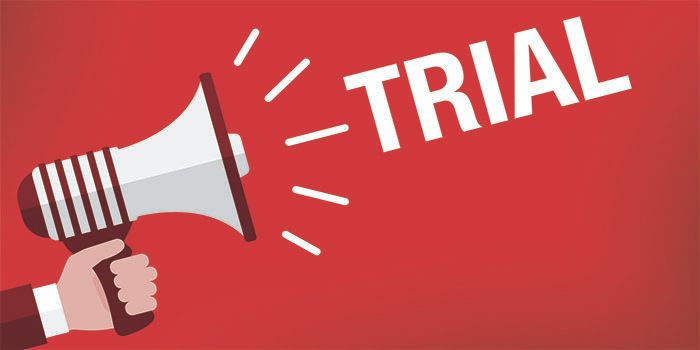Pivotal EB-101 Cell Therapy Trial Adds 2nd Site on Other US Coast
Written by |

garagestock/Shutterstock
The pivotal VIITAL study of EB-101, Abeona Therapeutics‘ experimental therapy for recessive dystrophic epidermolysis bullosa (RDEB), now has a second clinical site on the other U.S. coast — at the UMass Memorial Medical Center in Worcester, Massachusetts — the company announced.
The first clinical site, where the Phase 3 trial is currently underway, is Stanford University Medical Center, in Palo Alto, California. Contact details for the Stanford site can be found here.
“With UMass and Stanford, we are able to provide convenient treatment locations on the East Coast and West Coast to make travel and logistics easier for patients and families, while also expanding physician experience with EB-101 as we plan for potential commercial launch,” Vishwas Seshadri, PhD, head of research & clinical development at Abeona, said in a press release.
Karen Wiss, MD, director of pediatric dermatology at UMass Memorial, will be the principal investigator at the second site.
“We are excited to participate in the EB-101 VIITAL study and to offer this potentially promising investigational therapy to RDEB patients who currently have no adequate treatment options,” said Wiss, a professor of dermatology and pediatrics at UMass Medical School.
“We look forward to participating in the Phase 3 trial to evaluate the efficacy and safety of this investigational treatment,” she said.
RDEB is caused by mutations in the gene COL7A1, which contains the instructions for making a protein, called type VII collagen, that is key for the skin’s structural integrity.
EB-101, a gene-corrected cell therapy, introduces a healthy copy of COL7A1 into a patient’s own skin cells. This procedure is conducted in the laboratory, with the cells subsequently transplanted back into the patient to promote wound healing.
The VIITAL study (NCT04227106) aims to enroll 10 to 15 patients, ages 6 and older, with approximately 35 large chronic wounds in total. Each participant must have two matched wounds lasting for at least six months, which are at least 20 square centimeters (about 3.1 square inches) in size.
Abeona officials are eager to move the study forward.
“We are very pleased to have UMass Memorial Medical Center as one of our VIITAL study sites and look forward to collaborating with Dr. Karen Wiss … to screen and enroll subjects as soon as possible,” Seshadri said.
The trial, expected to run through spring 2022, has two main goals. The first is to assess the proportion of wound sites that heal by at least 50% from the start of the study, its baseline. This will be evaluated by comparing treated with untreated wounds at 24 weeks (six months) after transplant.
The second goal is a reduction in pain associated with changing wound dressings, measured by the mean differences in Wong-Baker FACES scores between treated and untreated sites at week 24.
Recent follow-up data from seven adults enrolled in an ongoing Phase 1/2a clinical trial (NCT01263379), also being conducted at Stanford in California, showed that EB-101 led to successful wound healing and eased pain after up to six years







